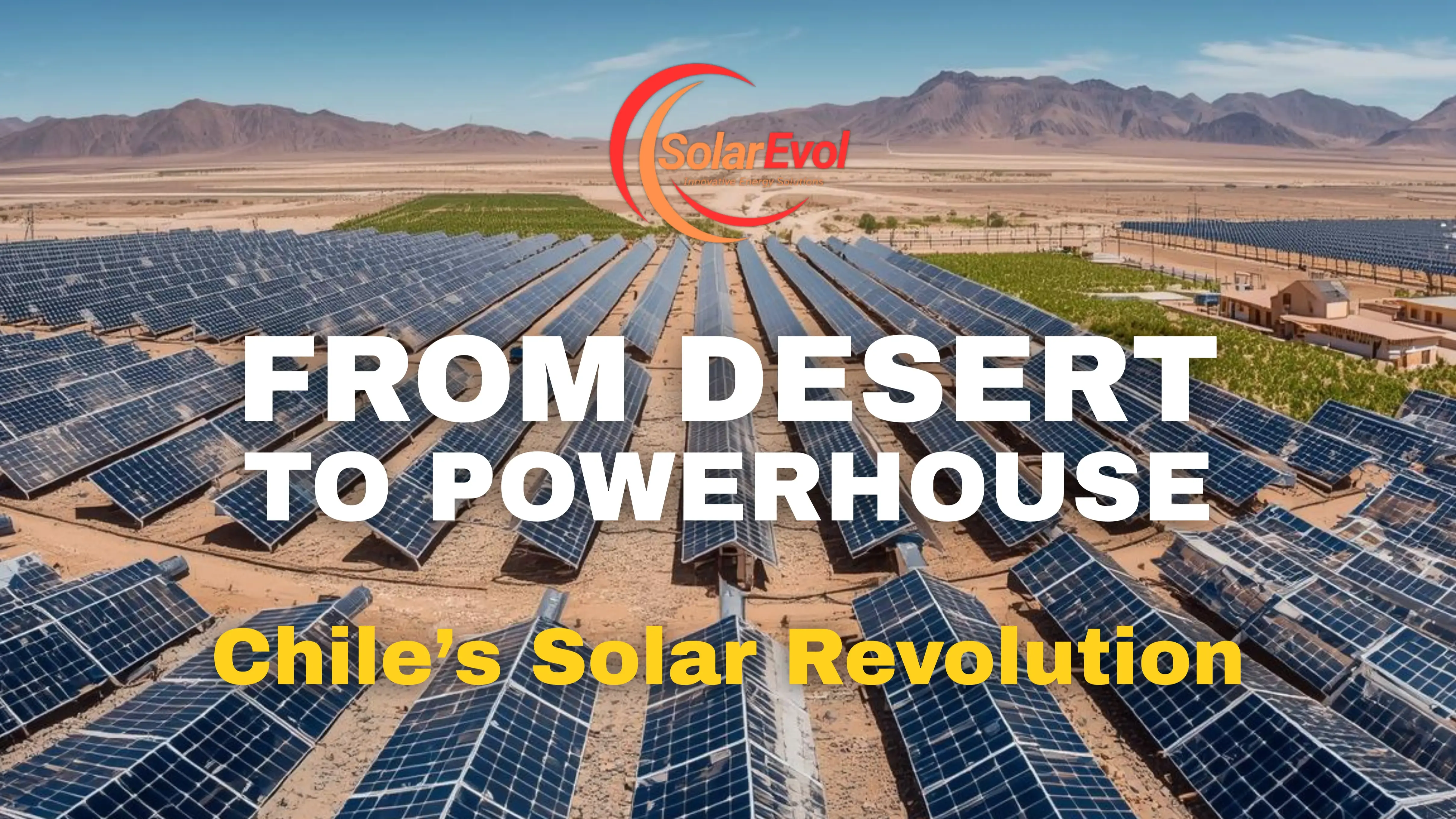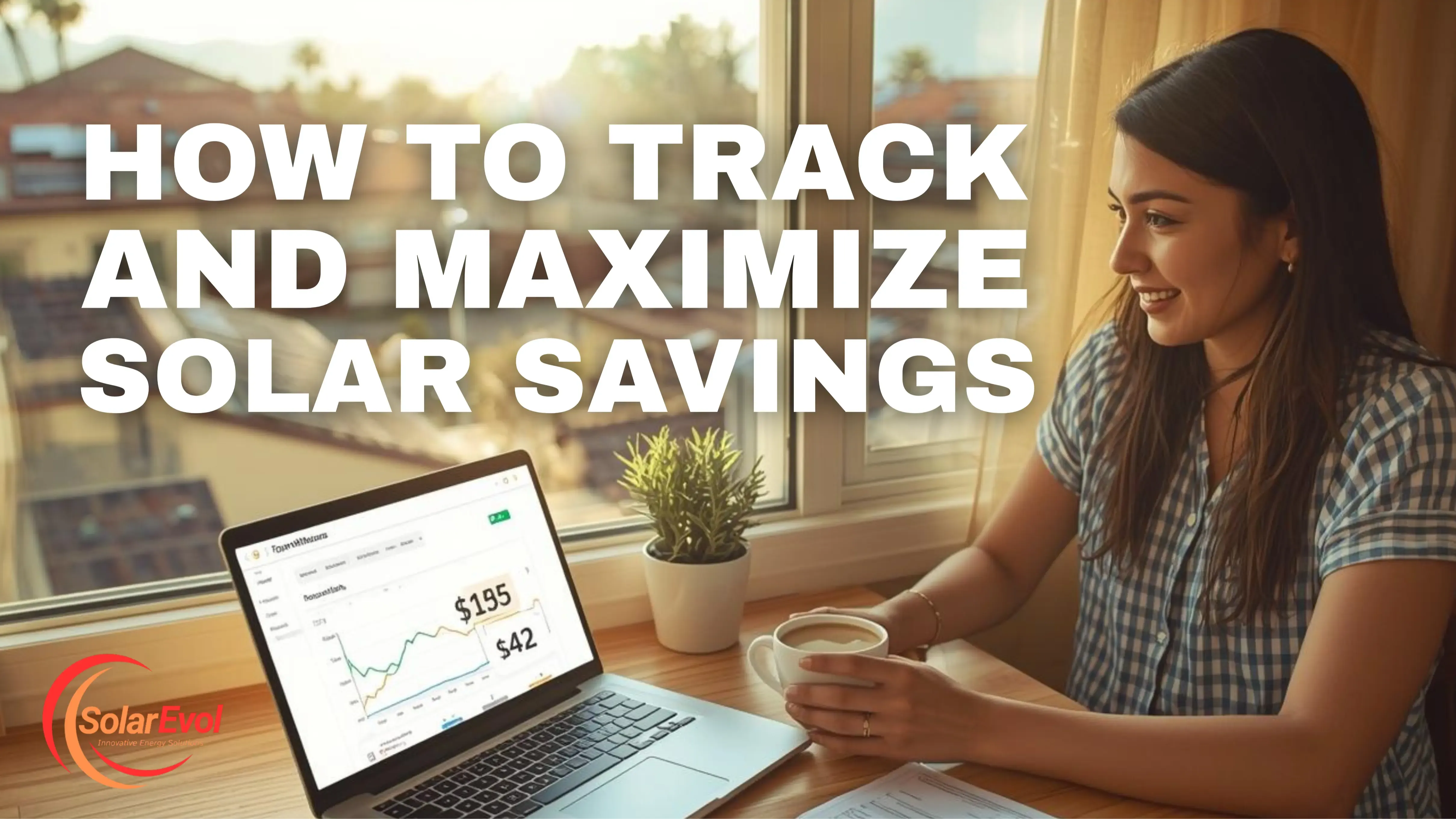
Solar vs. Roofing Issues: What You Need to Know
May 01, 2025
A solar system is only as good as the roof it’s attached to.
And yet, roofing is one of the most overlooked parts of a solar installation.
We’ve seen it all — from gorgeous new PV systems installed over failing shingles, to solar arrays that had to be removed after two years for an unexpected re-roof. That’s money and momentum lost. And it’s completely avoidable.
This guide breaks down what really happens when solar meets your roof, what to check before you install, and the expert moves that can help you avoid leaks, regrets, or do-overs.
Whether you’re a homeowner, building manager, or contractor — this is the roof + solar guide you wish someone gave you sooner.
🏠 Why Roofing Matters More Than You Think
Installing solar is a 20–30 year investment. If your roof can’t match that lifespan, you’re setting yourself up for future costs. Here's the big-picture impact:
- Panel removal and reinstallation during a roof replacement can run $1,000–$3,000+
- Leaks from improper flashing or sealing are the #1 complaint in low-quality installs
- Warranties may be voided if roofing issues weren’t addressed up front
⚠️ Pro Insight: A solar installer is not a roofer — and a roofer isn’t a solar specialist. The key is knowing how (and when) to bring both together.
🔍 Before You Install Solar: What to Check on Your Roof
Here’s a quick but essential pre-install checklist:
✅ 1. Age of Your Roof
If your roof is more than 10–12 years old, it might not make it to the end of your solar system’s life. Even if it looks okay now, underlying wear can cause issues fast.
💡 Pro Move: If your roof is aging, consider re-roofing before going solar. You’ll only have to remove panels once — not twice.
✅ 2. Roofing Material Type
Solar installs interact differently depending on your roofing surface:
- Asphalt Shingles: Easiest and cheapest to install on — but lifespan matters.
- Tile (Clay or Concrete): Requires special mounting hardware and can be fragile.
- Metal (Standing Seam): Ideal! No penetrations required in most cases.
- Flat Roofs: May need ballast mounts or special anchoring solutions.
📎 Solar Evol Tip: Always ask your installer if their racking system is specifically designed for your roof type — not all hardware is created equal.
✅ 3. Structural Integrity
Especially with older homes or additions, rafter spacing and decking strength matter. Solar adds weight (typically 2.5–4 lbs per sq ft), and a weak structure can compromise performance and safety.
🧠 Insider Tip: A quick structural evaluation is worth every penny. Some municipalities now require it before permitting anyway.
✅ 4. Flashing + Waterproofing Plan
This is the most common failure point in rushed solar installs. Poor sealing around roof penetrations leads to slow leaks that may not show for years — but by then, the damage is expensive.
🔍 What to Ask:
- Will your installer use flashing + lag bolts (not just sealant)?
- Is the racking UL 2703/2702 certified for water resistance?
- Are penetrations minimized or avoided (e.g. with standing seam clamps)?
🧰 Roofing Scenarios and How to Handle Them
Let’s run through a few common real-world examples — and how to make the smart call.
🛑 Scenario 1: Roof Is 15+ Years Old, Asphalt Shingles
Problem: The roof may need replacement within 5–10 years.
Risk: You’ll have to uninstall + reinstall your system — which is costly and time-consuming.
✅ Smart Solution: Replace the roof now. Many solar companies (Solar Evol included) can coordinate both jobs for better pricing and warranty alignment.
⚠️ Scenario 2: Tile Roof, 5 Years Old
Problem: Tile is fragile, and not every installer has the right tools or experience.
Risk: Cracked tiles, leaks, denied warranty claims.
✅ Smart Solution: Ask for tile-specific mounting brackets and request a tile-savvy installer. Ask to see prior installs or certifications.
💪 Scenario 3: Standing Seam Metal Roof, Brand New
Problem: None. You’ve got the gold standard.
Perk: No penetrations, sleek clamps, long lifespan — you’re ready.
✅ Pro Tip: Use hidden-clamp racking systems to preserve aesthetics and reduce installation time.
🧱 What About Flat Roofs?
Flat roofs can absolutely support solar — but they require careful planning:
- Ballasted (weighted) systems are common, but add weight — check structural load
- Wind uplift and drainage paths matter more than you think
- Consider reflective coatings or white membranes to keep temps down
🛠️ Best Practice: Use a system with integrated wind deflectors and adjustable tilt legs to optimize production.
📄 Roofing Warranties and Solar — What You Need to Know
This is a biggie: Solar installation can void a roof warranty if it’s not done correctly. Make sure:
- The installer is licensed and insured for roofing work
- They use manufacturer-approved mounting systems
- You get documentation that preserves or extends your roofing warranty
🔒 Pro Move: Some solar installers offer bundled roof + solar warranties (Solar Evol does this on qualifying installs). It’s worth exploring for peace of mind.
✅ Final Checklist: Do This Before You Go Solar
- 📅 Check your roof’s age and remaining lifespan
- 🧱 Confirm your roofing material and structural readiness
- 🛠️ Ask your installer about flashing, penetrations, and racking compatibility
- 📑 Review your roof warranty and ask how it’s impacted
- 🤝 If needed, get a roof assessment or quote before proceeding
A great solar system on a failing roof is a short-term win with a long-term cost. But with the right prep and a smart installer, you can align both to work seamlessly — and ensure your investment delivers for decades.
Stay connected with news and updates!
Join our mailing list to receive the latest news and updates from our team.
Don't worry, your information will not be shared.
We hate SPAM. We will never sell your information, for any reason.











